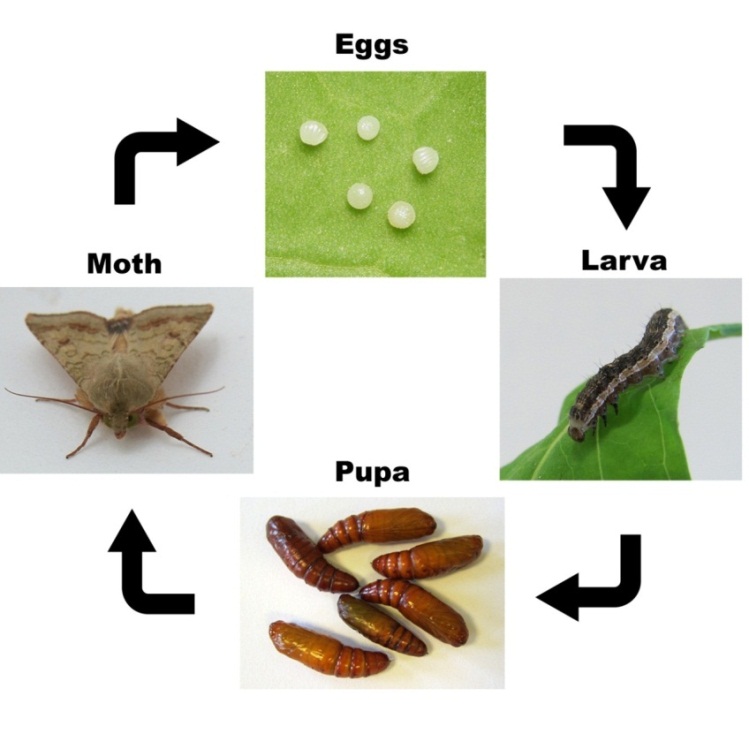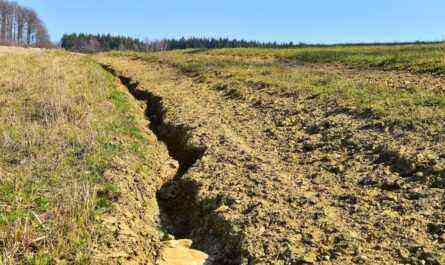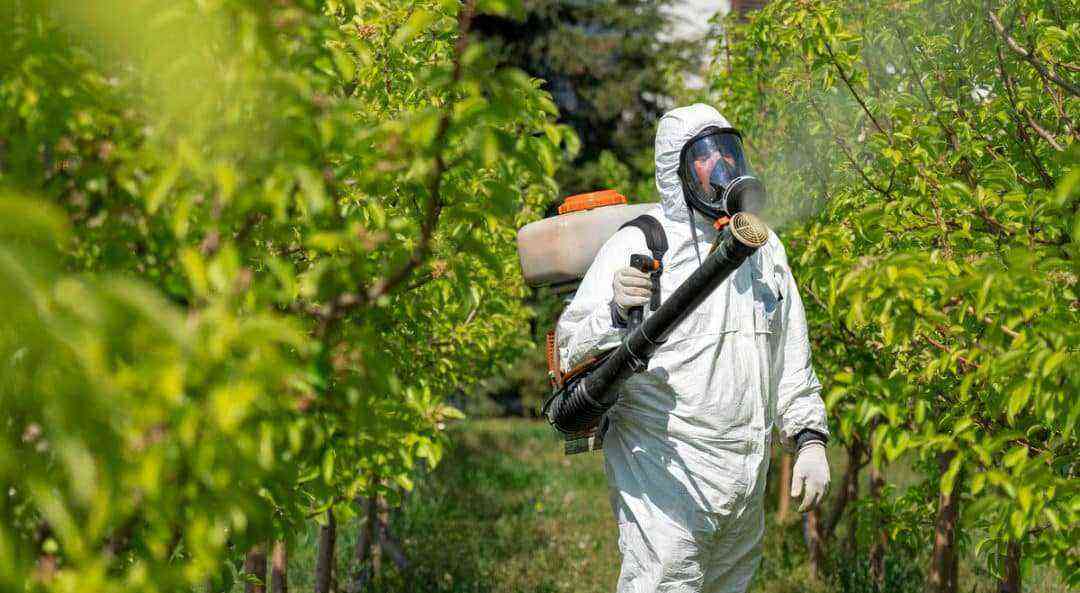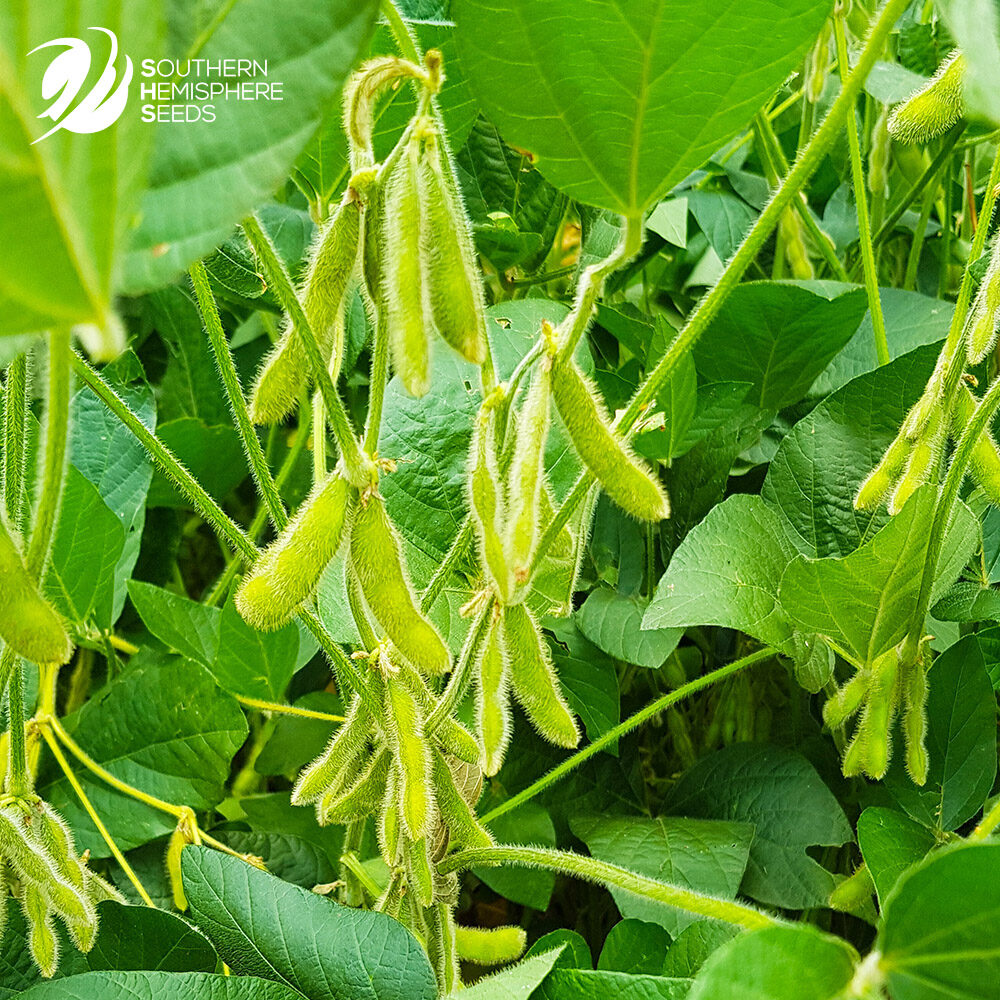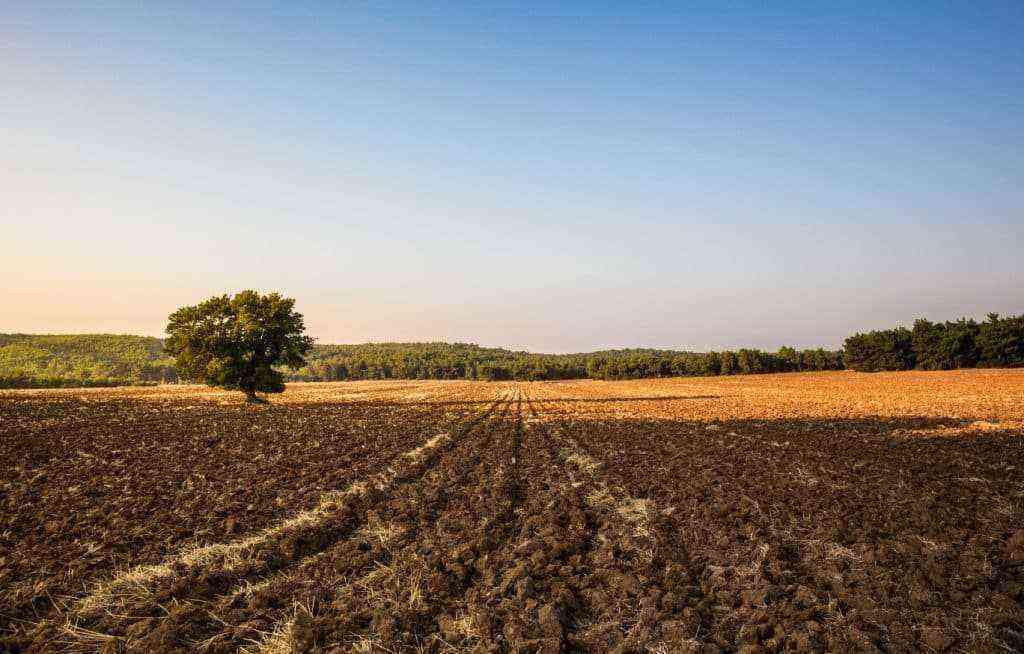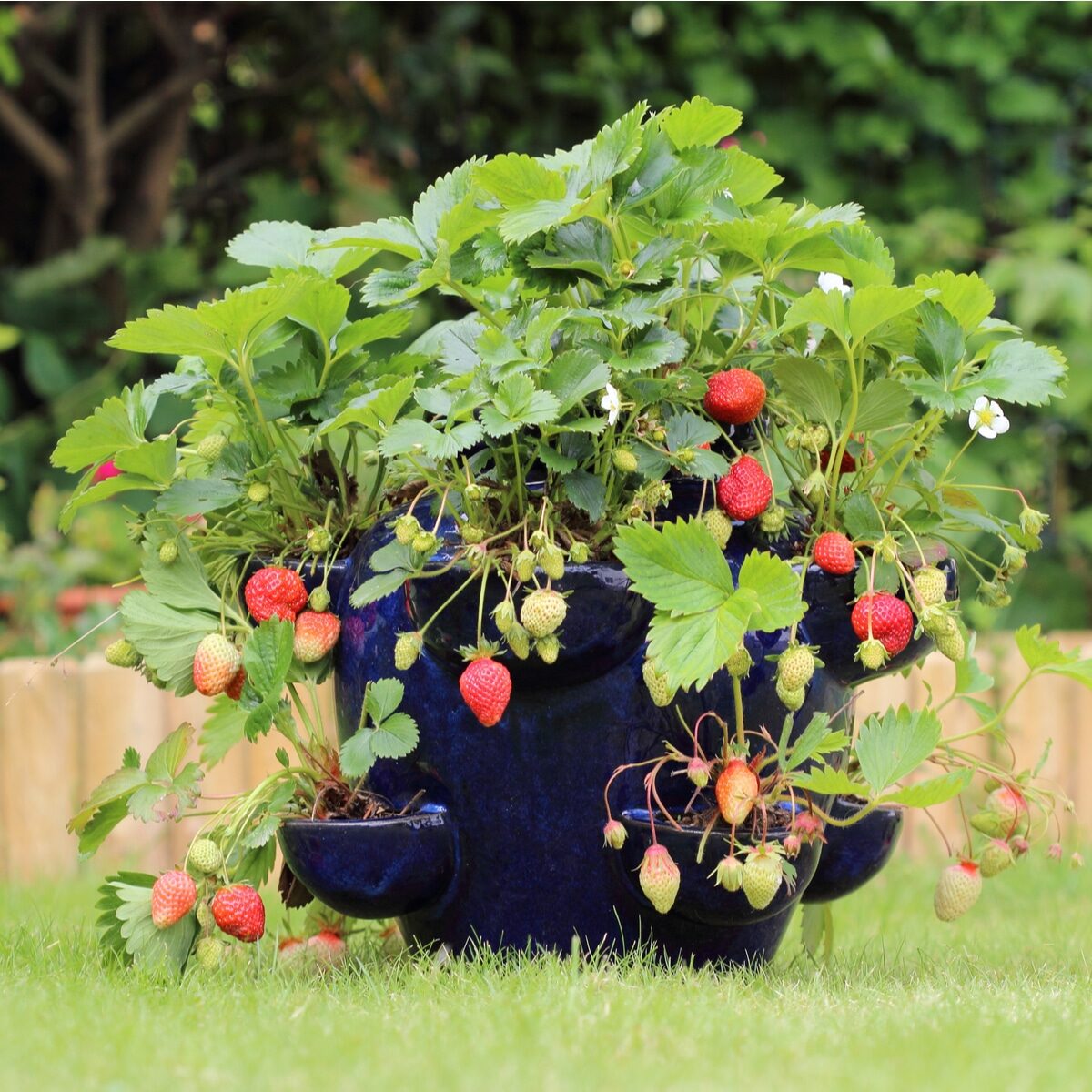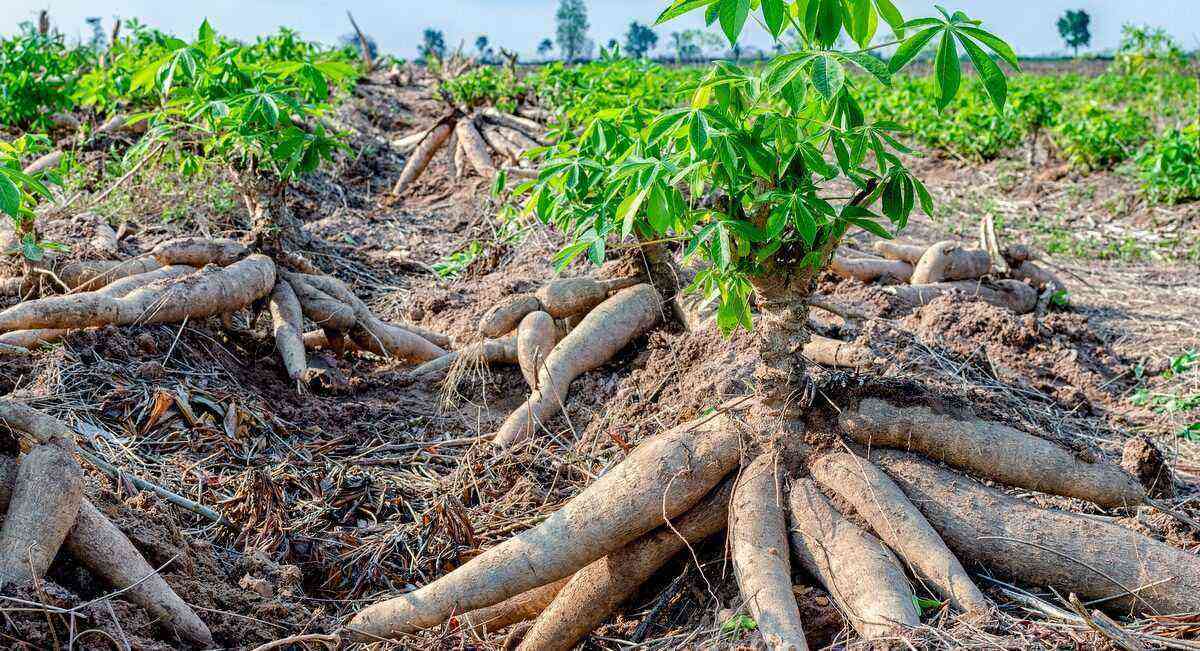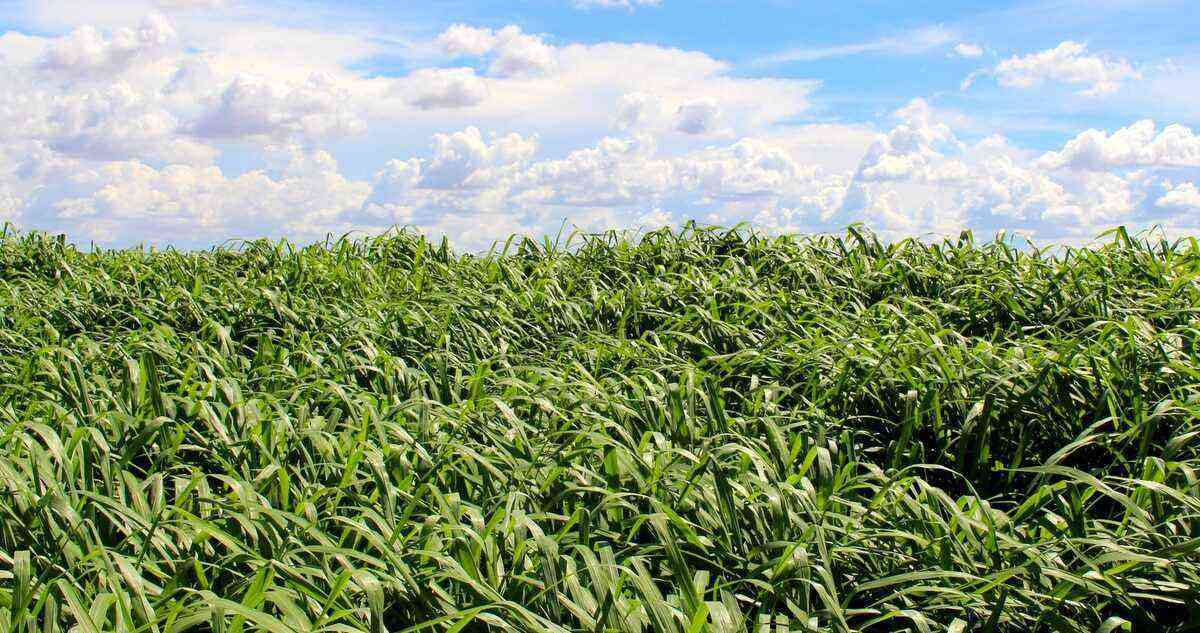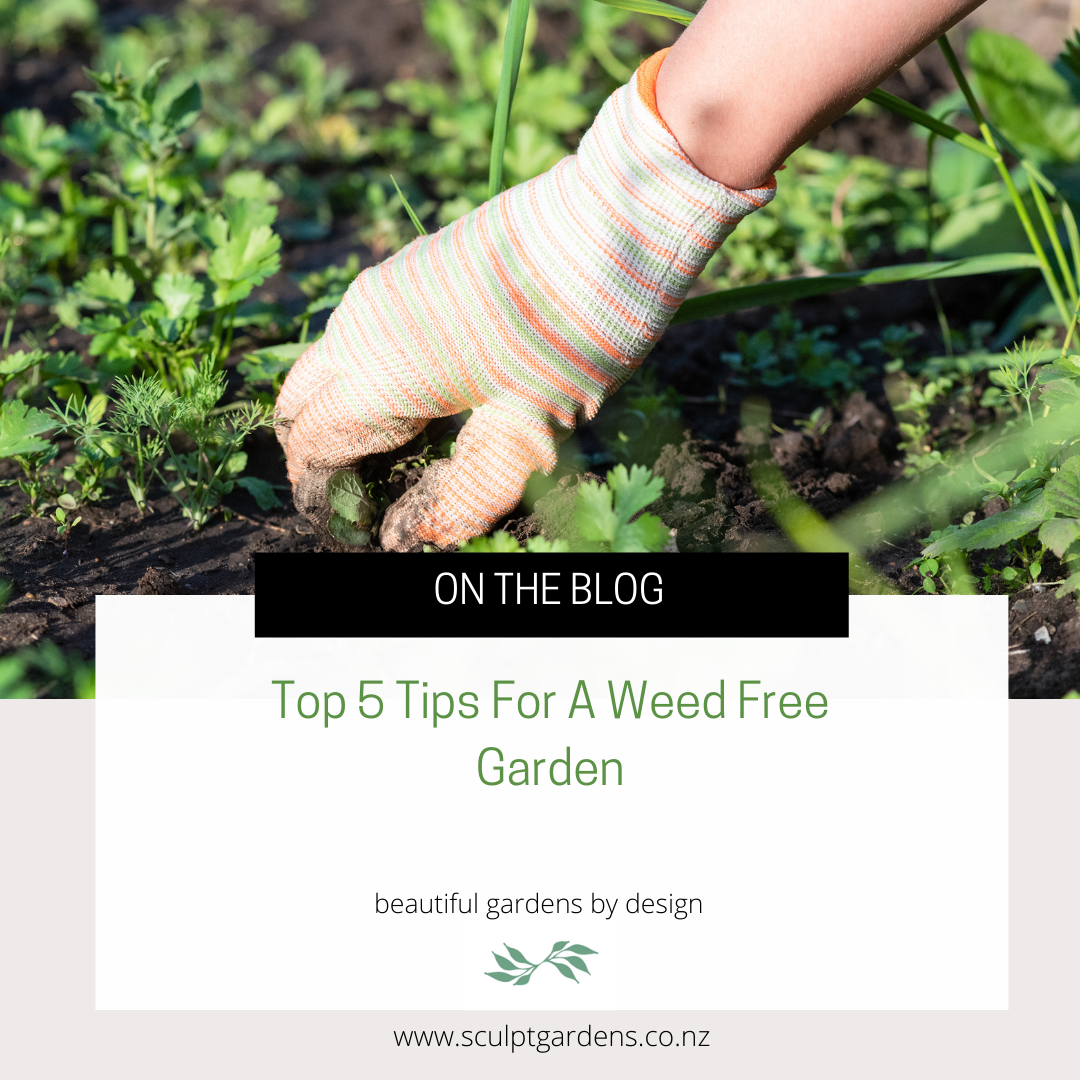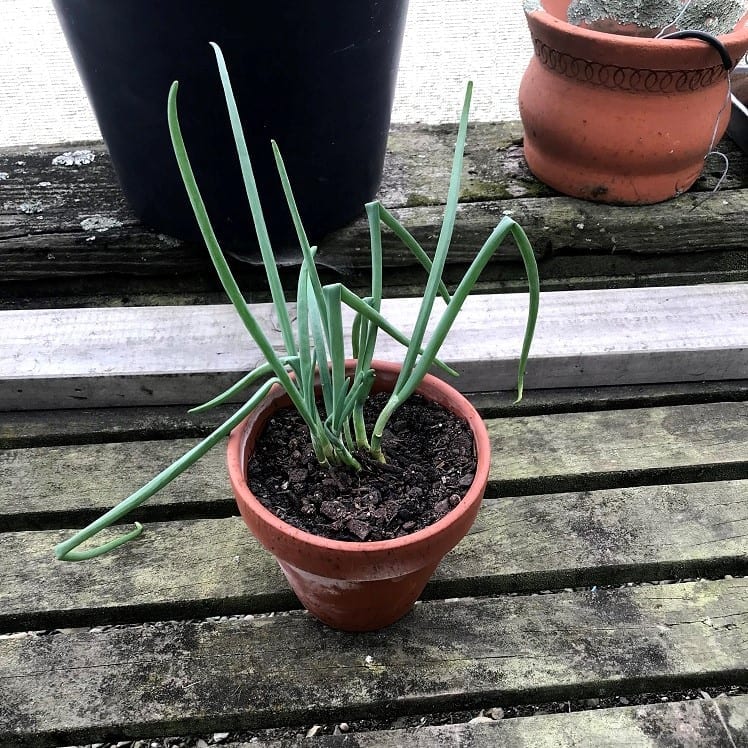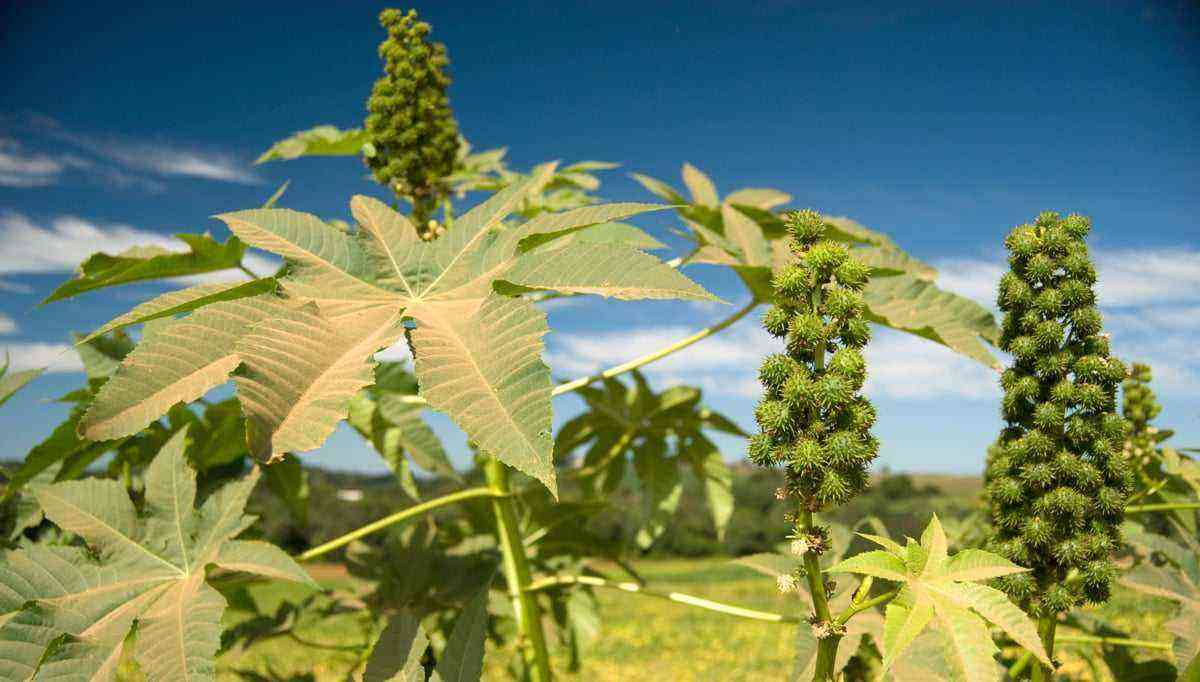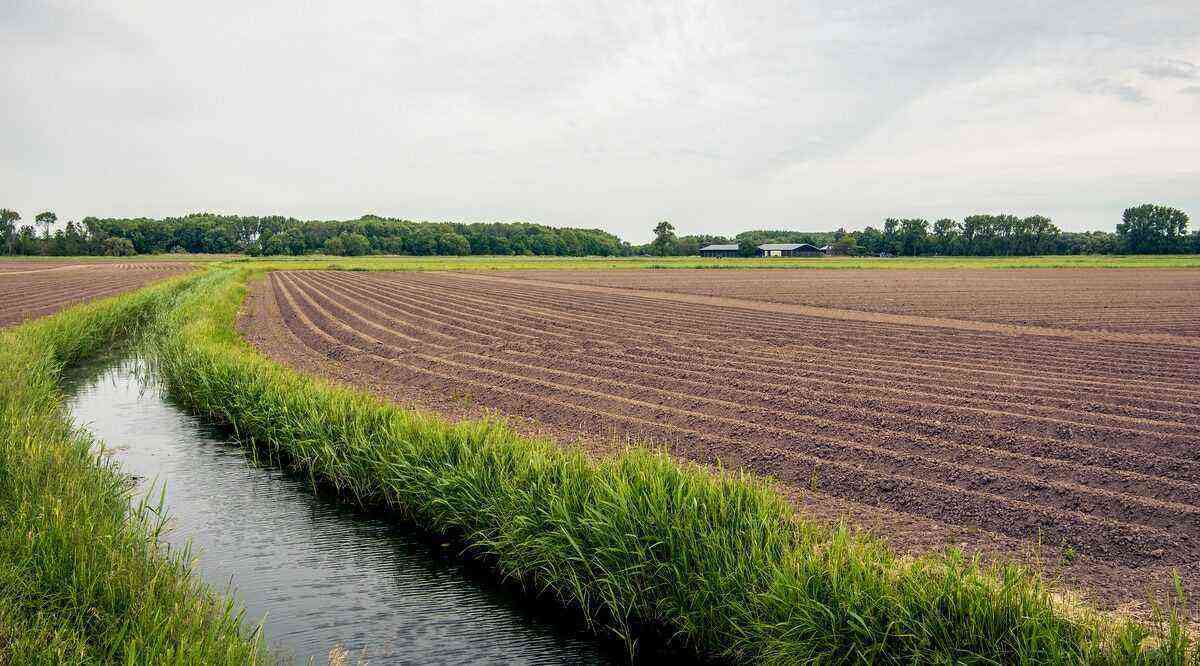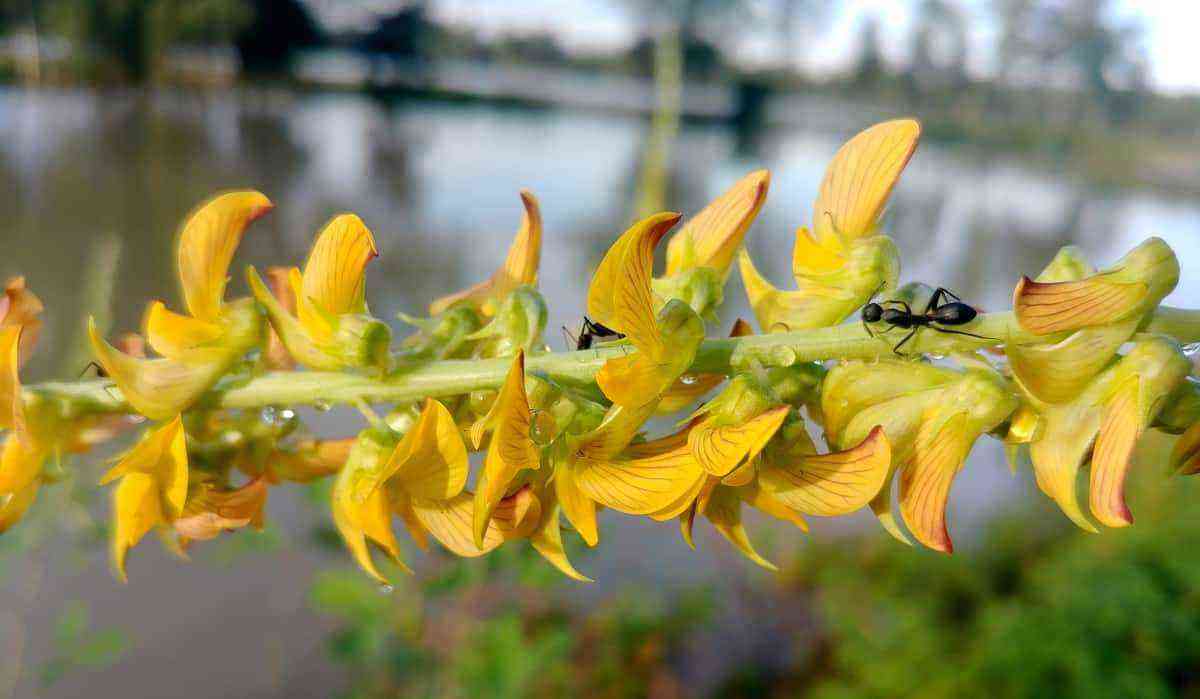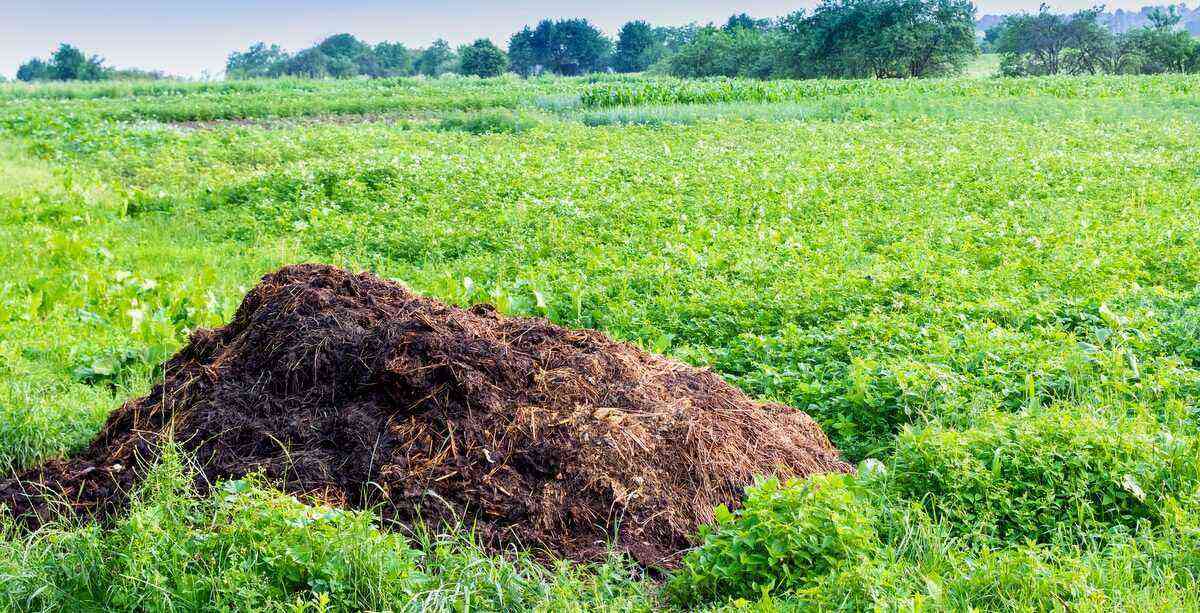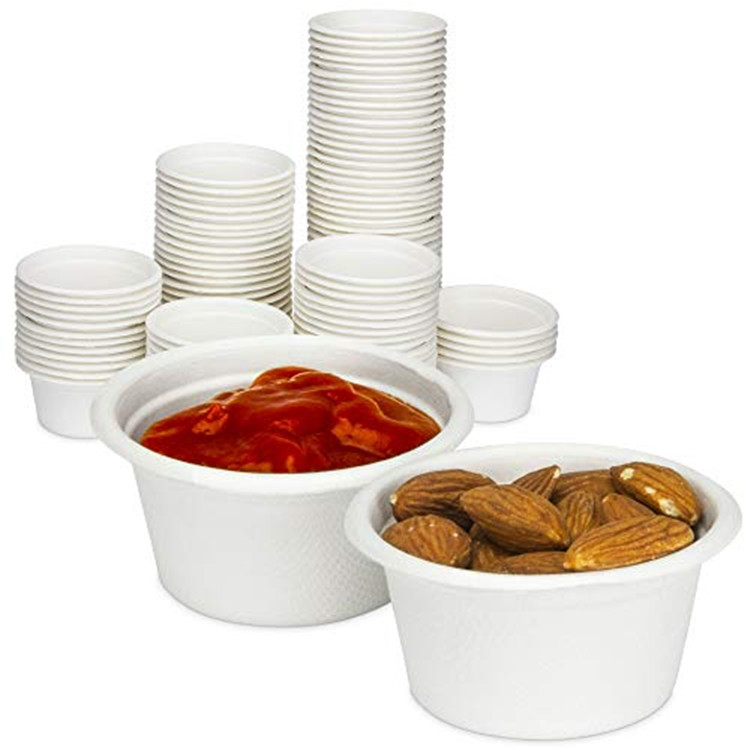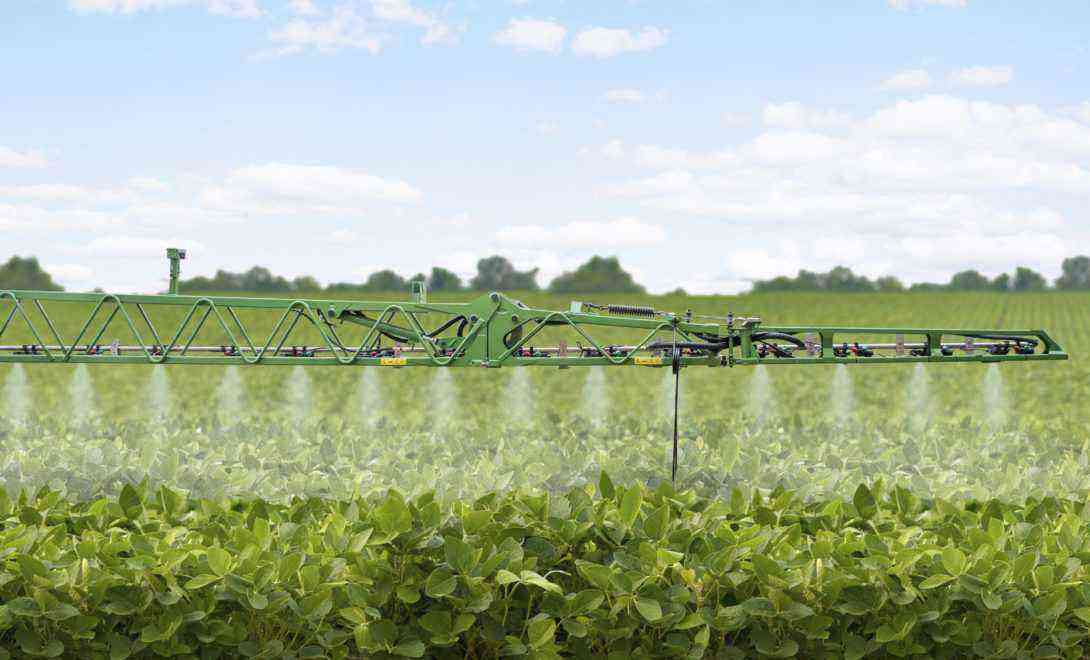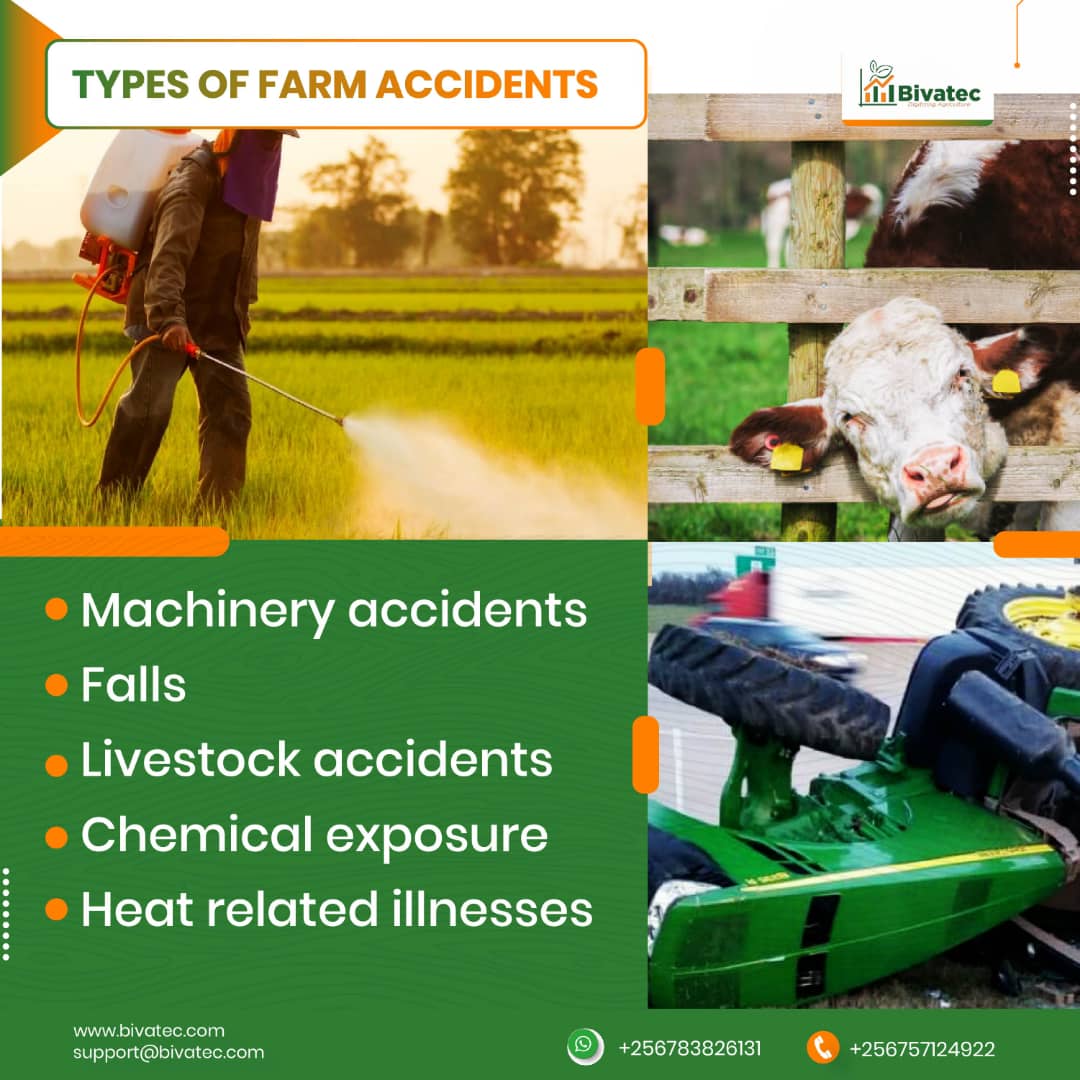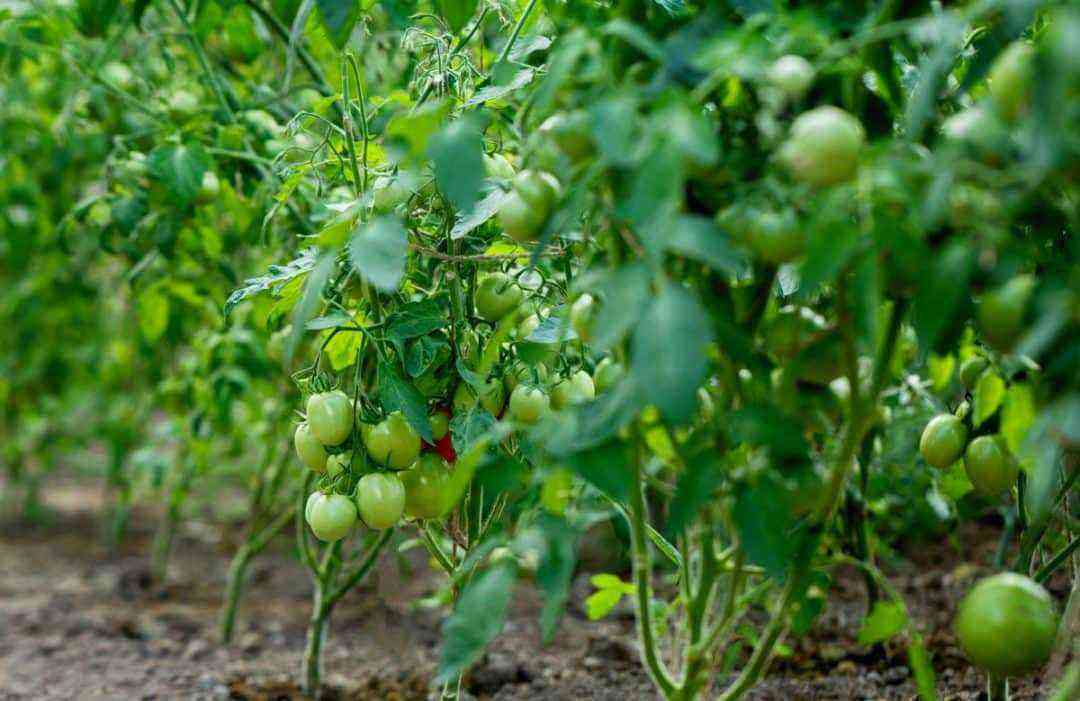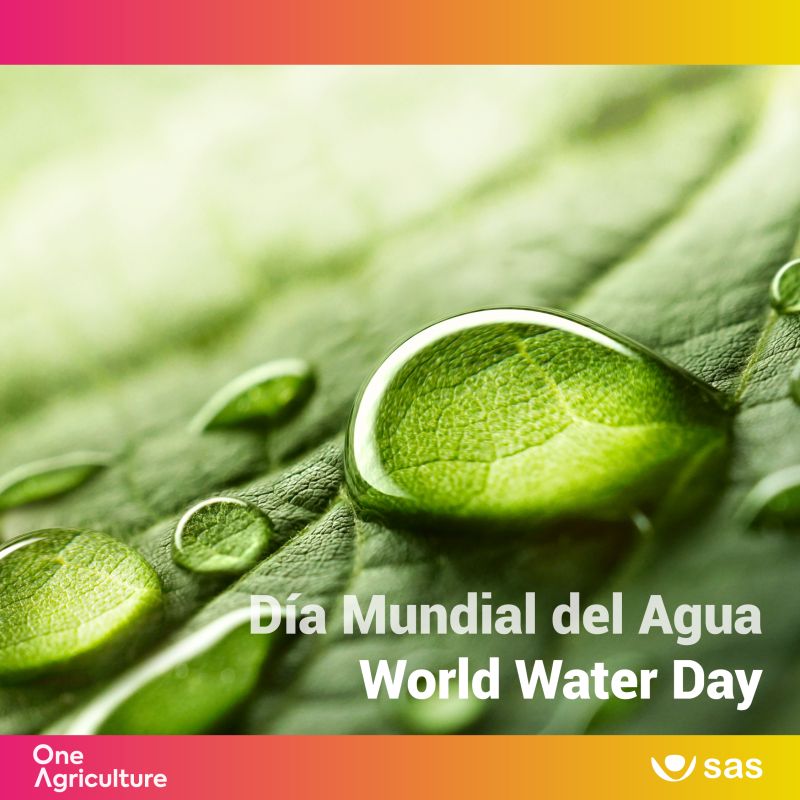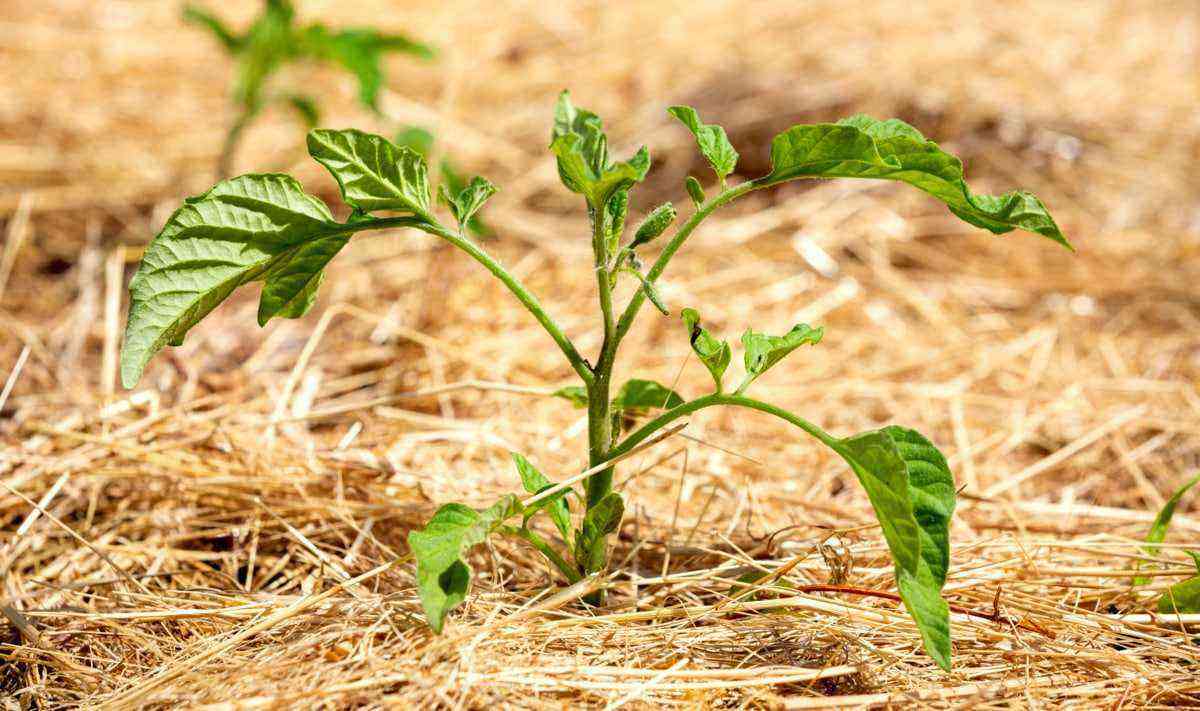The whitefly, in addition to introducing toxins into plants, transmits serious diseases that harm different crops, especially soybeans and beans, and can lead to great losses.
In fact, the whitefly has spread across the planet, through the commercialization and transport of ornamental plants carried out between the countries of Europe, the Mediterranean Basin, Asia and the Americas.
It has also become the vector of more than a hundred viruses described in different parts of the world.
Therefore, due to the concern in agriculture, in this article we will deal with efficient ways to combat the whitefly.
After all, what is the whitefly?
The whitefly is an insect of the order Hemiptera, with approximately 126 genera and more than 1.200 species. It differs from the others because it has two pairs of wings.
Despite the great variety cataloged, the Bemisia Tabaci species is the one that causes most damage to crops, due to its destructive power in agricultural culture. Known in Brazil since 1923, it is considered an important vector of viruses, such as the bean golden mosaic.
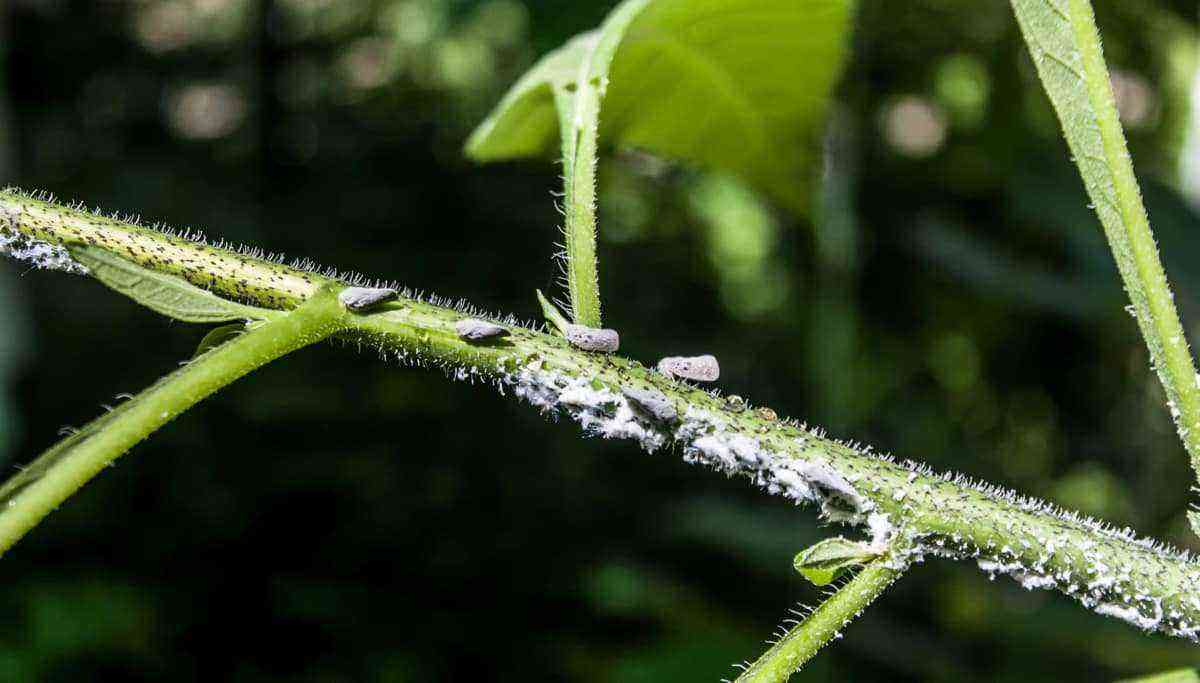
The whitefly is one of the pests that most attack crops and causes a lot of damage.
Its negative action in the cultivation of beans, soybeans and cotton, for example, reflects on the economy and deserves special attention from producers. Its species has enormous genetic diversity, that is, it is possible that there are hundreds of different biotypes of the same insect.
Attacks begin with transplanting the culture and continue throughout its development. The whitefly is dispersed by wind, but also by implements or agricultural products that “carry” the insects between different crops.
It causes, in the short term, a sharp reduction in productivity. In the long term, it can irreversibly compromise the sustainability of many agricultural systems in the country.
Thus, in addition to being destructive to crops, the whitefly reproduces easily and in high numbers.
It is easily dispersed by cultivation and develops from resistance acquired through the use of insecticides. Therefore, the insect becomes increasingly difficult to control in crops.
How to identify the insect?
The whitefly has a yellowish color and, on the wings, presents a type of “white powder”, characteristic of this species, which defines its name.
Insects have a sucking mouthpart, used to insert into plant tissue and at the same time feed on sap, which also harms plants. The life cycle of this insect is 15 to 21 days, from the egg to adult stage.
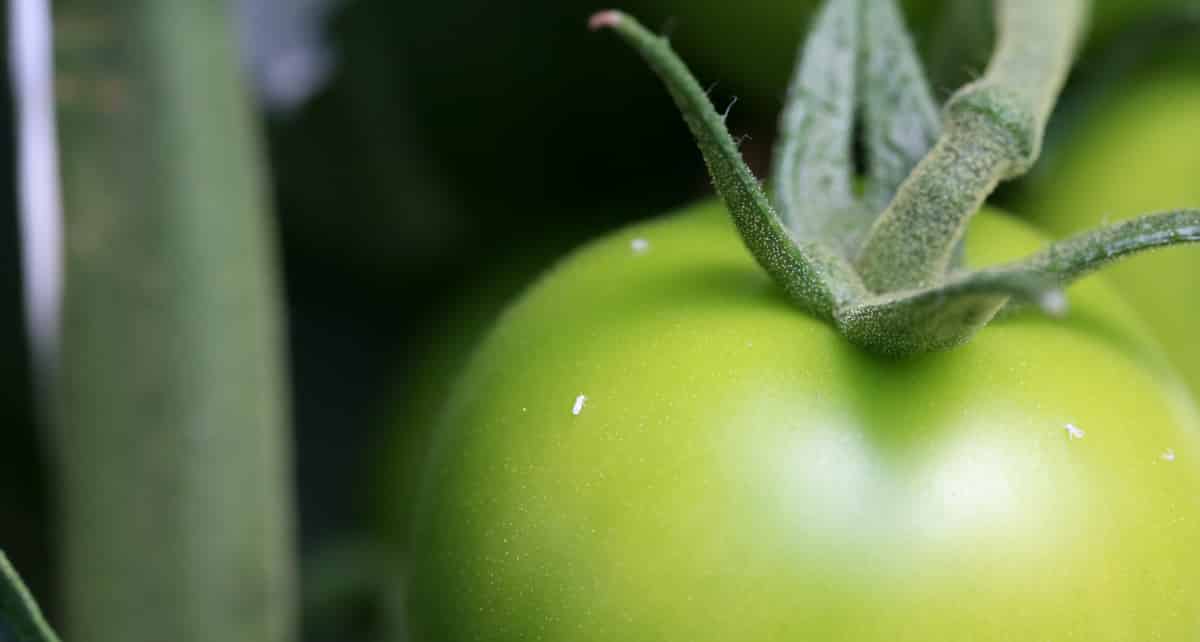
Although it is a very small insect, the whitefly sucks the sap from crops, like tomatoes.
When feeding, the whitefly introduces toxins into the plant, which alters the reproductive and vegetative development of the crop. Thus, the pest reduces the productivity and quality of crop production.
In addition, the fly releases sugary substances on the plant that facilitate the development of diseases such as sooty mold, caused by fungi.
whitefly control
Among the damage caused by the whitefly are:
- Spread of diseases in the plantation;
- sap suction;
- Direct damage to the crop.
Due to the number of problems caused by the whitefly, it is natural that the producer considers chemical control as the best alternative to protect crops.
However, despite being one of the appropriate strategies, there are other options that may be more interesting in pest control. See what they are:
cultural control
Cultural control can be performed before, during and after cultivation. Check out:
- From the planting of healthy seedlings;
- Use of traps to reduce the pest, such as lights or stickers;
- Remove plants that naturally host whiteflies, such as weeds;
- Prevent the whitefly cycle by eliminating crop residues;
- Create living barriers in the sense that the pest is not spread by the wind;
- Remove plants already taken by the pest.
Biological control
Biological control can be handled naturally, that is, in which the producer creates favorable conditions for insects that benefit the crop and eliminate pests.
It can also be done by spreading insects created in the laboratory, so that the whitefly is eliminated during the pest breeding season.

After the identification of the whitefly in the fields, it is necessary to carry out the biological control of this pest.
In the first case, the use of selective insecticides can help in the process. The greatest natural enemies of the whitefly are entomopathogens, parasitoids and predators. Understand better below:
- predators: coleoptera, hemiptera, neuroptera, mites of the phytoseiidae category;
- Parasitoids: cataloged in more than 500 species, the parasitoids are represented by six categories of the order hymenoptera, carsia and eretmocerus;
- Entomopathogens: naturally, entomopathogenic fungi can arise, being from the species of Isaria, Lecanicillium, Beauveria and Aschersonia.
chemical control
The first option for many producers is chemical control in crops that uses insecticides and poisons that must be authorized, considering:
- Other insecticides already used in cultivation;
- Its effectiveness in relation to less aggressive methods;
- Previous analysis of the need for chemical control and whether the control of the whitefly can be carried out with other methods without the use of poisons.
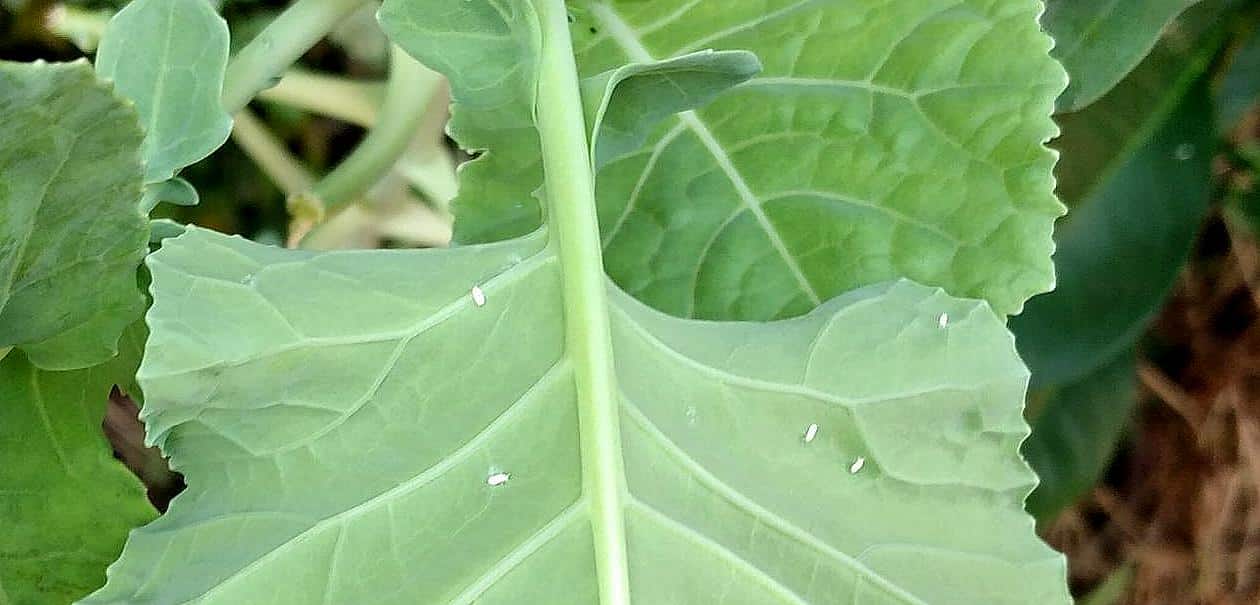
The whitefly attacks different crops, including vegetables. In this way, the producer must always be attentive.
According to Cecília Czepak, professor and researcher at the Federal University of Goiás, the whitefly, in many cases, is resistant to chemical products because many farmers do not carry out Integrated Pest Management (IPM).
“We are moving slowly in terms of management and unfortunately we are relying almost exclusively on chemical control and this is not sustainable”, he said.
According to the researcher, there is no forecast for the development of new technologies, which hinders the reduction of the occurrence of the plague.
As the researcher Cecília Czepak mentioned, one of the main focuses of the actions to control the whitefly is the Integrated Management of Pests-IPM in crops. Check out how to do it:
Source: Field Day on TV.
If you want to know more about the subject and related topics, access our article on how to control agricultural pests.
